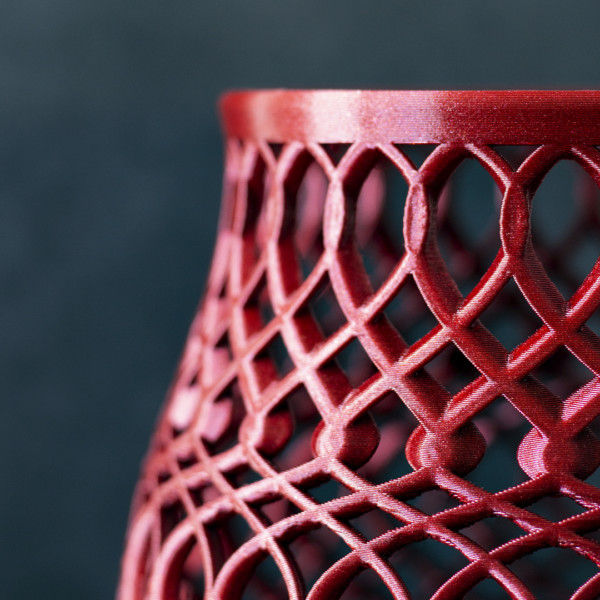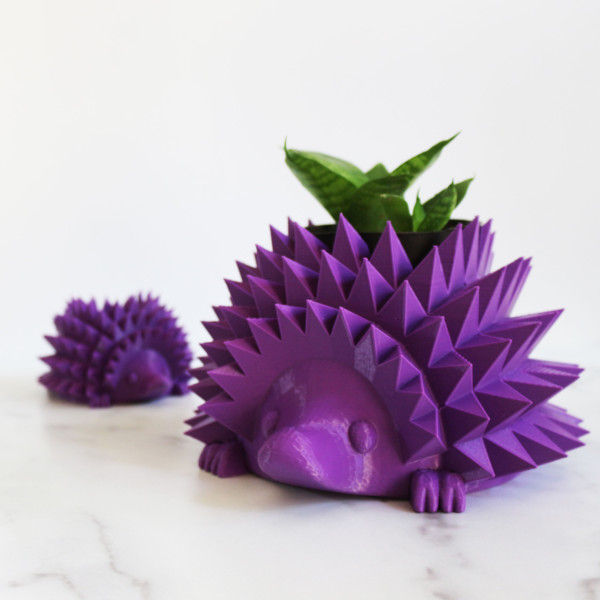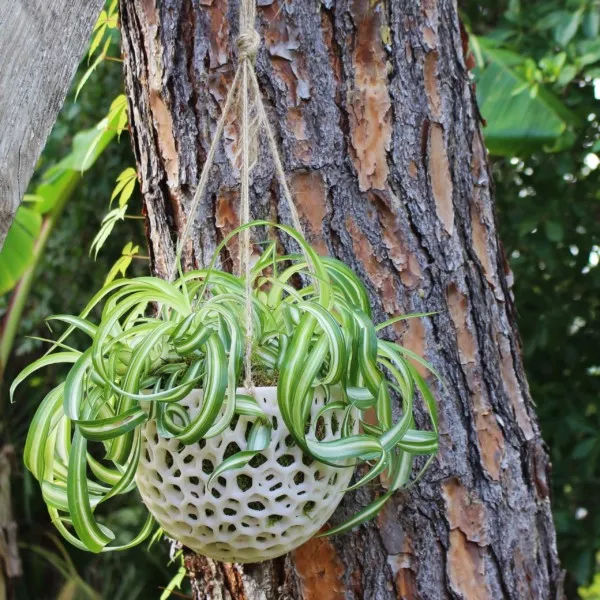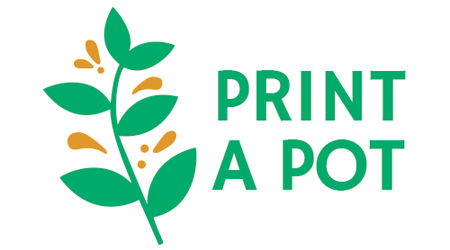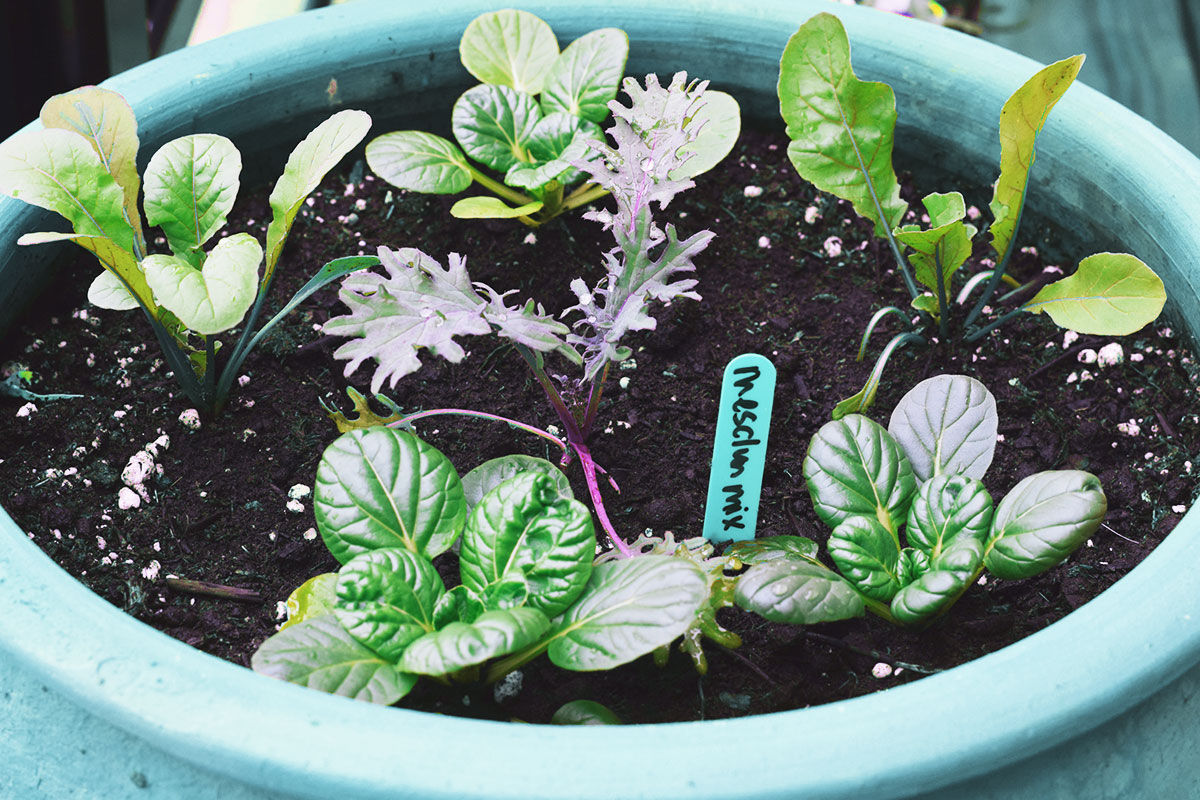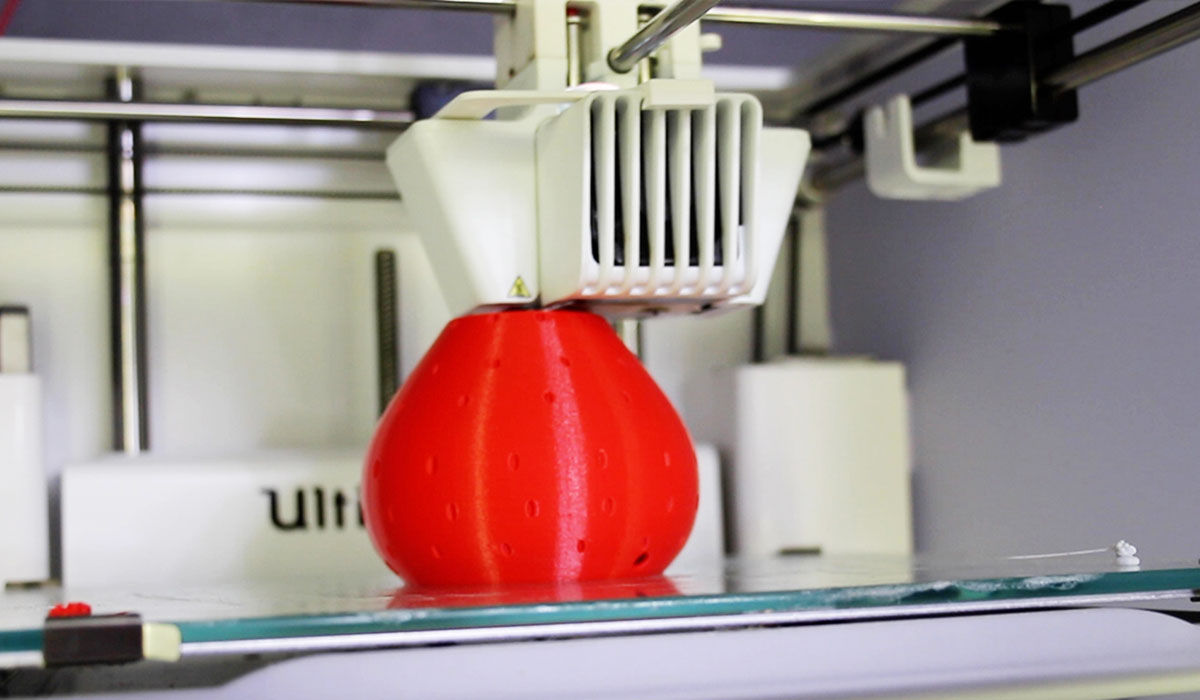Can PLA be used for 3D printed plant pots?
The market for personal 3D printing materials and for 3D printed products—such as 3D printed planters, decorations, costumes, household items, and more—continues to grow. One of the most common materials used for 3D printing is Polylactic Acid (PLA). This wondrous substance is a plastic made from corn and other biomaterials. As such, it is biodegradable. It is also less expensive and easier to use than other 3D printer filaments. It is easy to see, then, why it is one of the most popular materials around.
3D printed pots are a particularly popular product. However, given the qualities of PLA, some people wonder if the material will work well for a planter. After all, would soil, water, microorganisms, etc., cause PLA to break down since it is biodegradable? As it turns out, the answer is…well, it depends.
3D printed orchid pot designed by Longstridedesign
Indoor Use
Many people use PLA for their indoor 3D printed pots with no issues. They grow plants using the normal methods of soil and water, and they report no noticeable changes for years. Indeed, most people report changing out their plants and reusing their 3D printed planters with no trouble. PLA needs too high of a temperature and humidity level to start its decomposition process, and even then, that process is slow. So, if you have a PLA-based 3D printed planter, you should expect it to last a long time indoors with no trouble.
3D printed hedgehog planters for indoors
Outdoor Use
Using PLA outside is much more of a mixed bag. Many people have had success using PLA products outside, including 3D printed pots, especially if they are out of direct sunlight for most of the day. However, many others have reported seeing their artistic masterpieces become deformed (some slightly, some majorly) by being outside, especially in direct sunlight. That said, using a UV-resistant paint or gloss can help reduce damage—or at least stave it off longer.
Hanging planter made of PLA outside — the twine eventually broke but the planter endured
Another side effect of PLA being outside is that it can become brittle. Again, this can happen with too much sunlight. Brittleness also occurs when PLA gets too cold. So if you live in a northern clime with temperatures routinely below freezing and snowflakes flying, you want to bring your PLA-based 3D printed planter inside when growing season is done.
HTPLA is a heat treatable PLA that is able to withstand higher temperatures after heat treating. It’s more durable, but it may not be UV-resistant unless the specs say it is for the particular brand and color you’re using.
If you definitely want to use your 3D printed pottery outside in the sun, message the maker to ensure that your planters will be able to withstand the elements. At Print A Pot, we test many of our planters and filament materials outside in our Florida garden to ensure long-term quality.
Final Analysis
The bottom line is that if you decide to brighten your home with a unique and beautiful 3D printed pot, your best bet is to keep it inside.
If you choose to leave it outside, buyer beware: what once was a magnificent vessel could become deformed from UV rays or elements like the heat. Talk to us directly if you’d like to order a planter that will be outside so we can use HTPLA to ensure your planter’s longevity.

